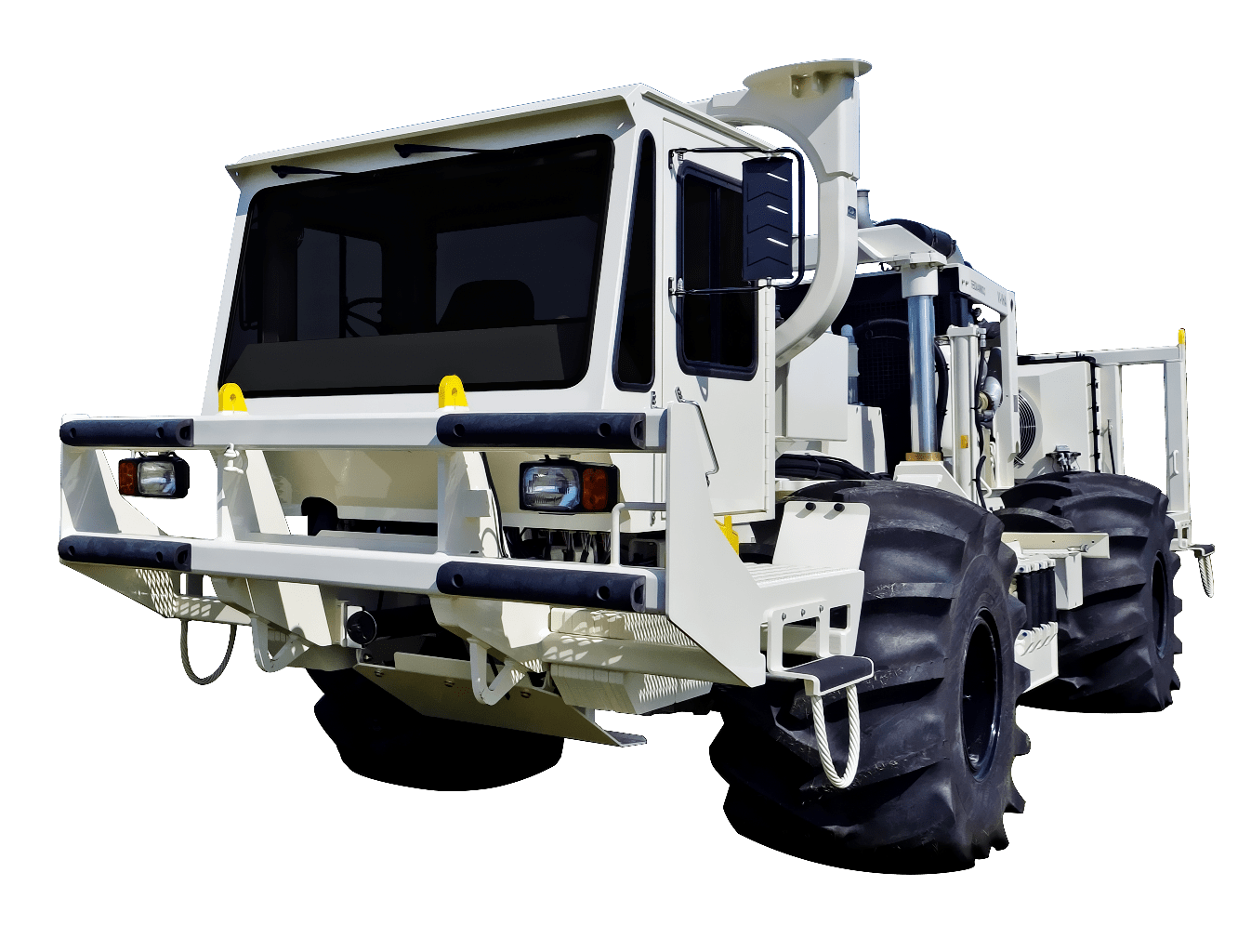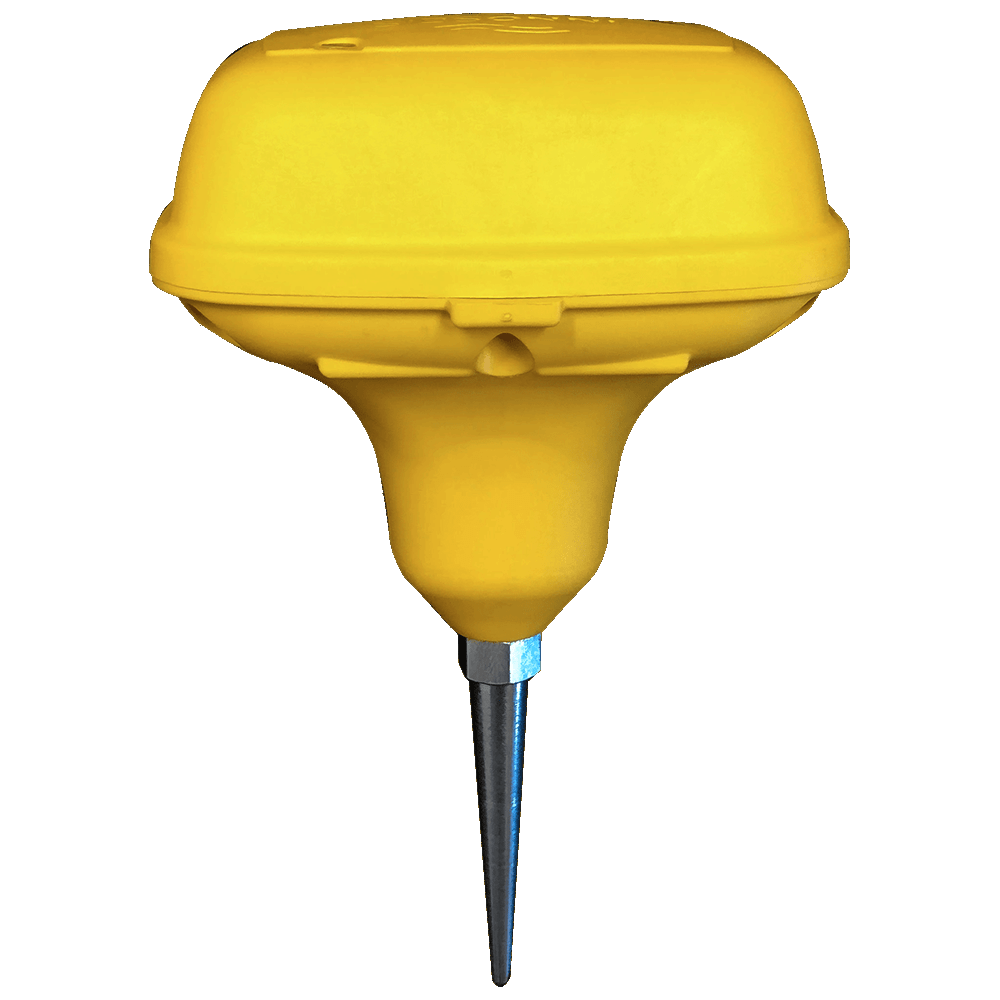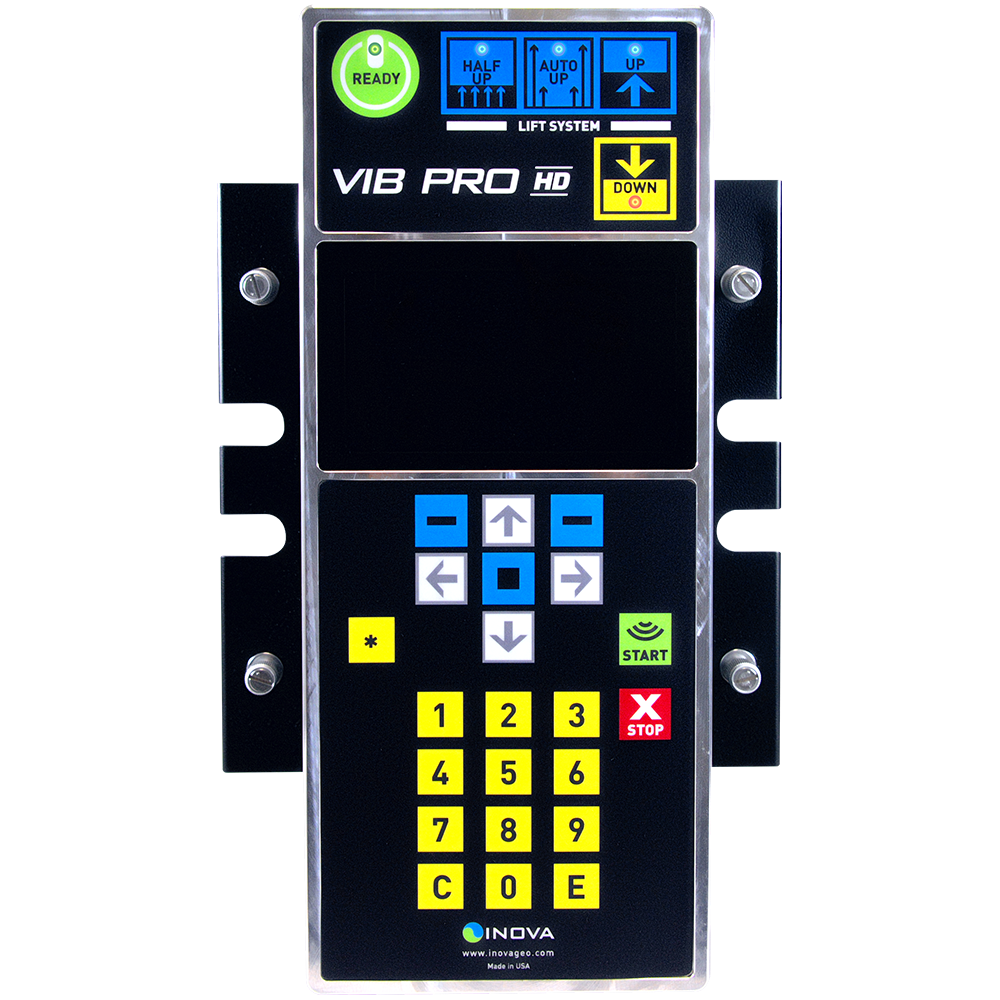Foothills/ Plains
Foothills and Plains Operations
In open plains where vibrators and cable-based systems are typically used, seismic surveys are relatively straightforward. But in today's reality, most surveys are conducted in dual- or multi-terrain environments where hybrid and mixed-source system operations are the only way to get a sufficient picture of the target.
In this context, hills and plains can represent a real challenge. Deploying cables in the lower elevations and autonomous nodes in the higher altitudes can be as simple as equipping a crew with two different sets of ground electronic devices, or it can be as difficult as hiring professional climbers to achieve optimal coverage. Regardless, handling equipment and troubleshooting at higher elevations must be simplified.
View ProductsDid you know
Hybrid operations where nodes and cable-based systems are concurrently used can be streamlined if controlled by a single operating system. Mixing G3i HD with either Hawk or Quantum eliminates master/slave and data formatting complexity due to INOVA’s iX1 software.
Radio communications and infrastructure are often difficult to support in mountainous terrain? Both Quantum and Hawk nodal systems rely on Bluetooth and WiFi enabled technology instead of radio infrastructure to establish communication with ground units.
The AHV-IV and UV2 baseplate designs provide incredible ground coupling which improves fundamental force? When operating in the plains and foothills, vegetation and brush is common, so a rigid baseplate and the use of accelerometers offers a more accurate measure of ground force.
Overview Portfolio
Systems integration, battery management and data QC are a few critical factors for acquisition success in the foothills and plains. Crews need the flexibility to utilize equipment appropriate for the terrain seamlessly, and with the confidence they can maintain high productivity. Data QC and battery management can be particularly challenging in higher elevations where equipment is not easy to access. Large local data storage in the field units, a long battery life, and system reliability are extremely important for operational efficiency. INOVA’s systems, powered by iX1 software, enable mix-and-match simplicity that reduces equipment-related limitations on productivity. Here are a few helpful tips:
Lightweight Ground Equipment
If your survey includes steep cliffs, sheer rock faces or higher altitudes, you may need to hire professional climbers to get the job done. Using a lightweight system with “plant-and-go” simplicity like Quantum ensures climbers unfamiliar with seismic equipment can quickly and accurately deploy ground electronics. It also means they can carry more single-point nodes in their backpacks without trekking back and forth multiple times to a staging area.
QC Operations
If you are using an autonomous node system, the ability to retrieve QC data or harvest geophysical data in a variety of ways is important. We had a client harvest data from several Hawk nodes by way of helicopter in the mountains, and via crew members on foot in the lower hills. The nice thing for them was not only the versatility and speed of QC data retrieval, but also the fact that a single Hawk node could store up to 32GB of data and could run for almost 90 days of 24-hour recording.
Source Control
For broadband seismic, source control is critical. If you are trying to gain low or high-frequency data in a more spacious and open plains environment, you will want to be sure to outfit your vibrators with a Vib Pro HD. The LFL and HF control patented technologies allow the vibrator to deliver a more consistent signal within +/- 10 degrees of phase.
Seamless Operations
Tying two systems together via master/slave can make overseeing and QC’ing a survey tricky. To gain a seamless view of the entire operation, especially if you are using a high-productivity vibroseis method, requires full command and control from the doghouse over every aspect of the program. With the iX1 operating software, Inova’s G3i HD cable-based system can be operated with either Hawk or Quantum so Observers can monitor the spread layout from a single graphical display.
Featured Products
Sales + Rentals







.JPG?mtime=20180723085856&focal=none&tmtime=20241203092141)